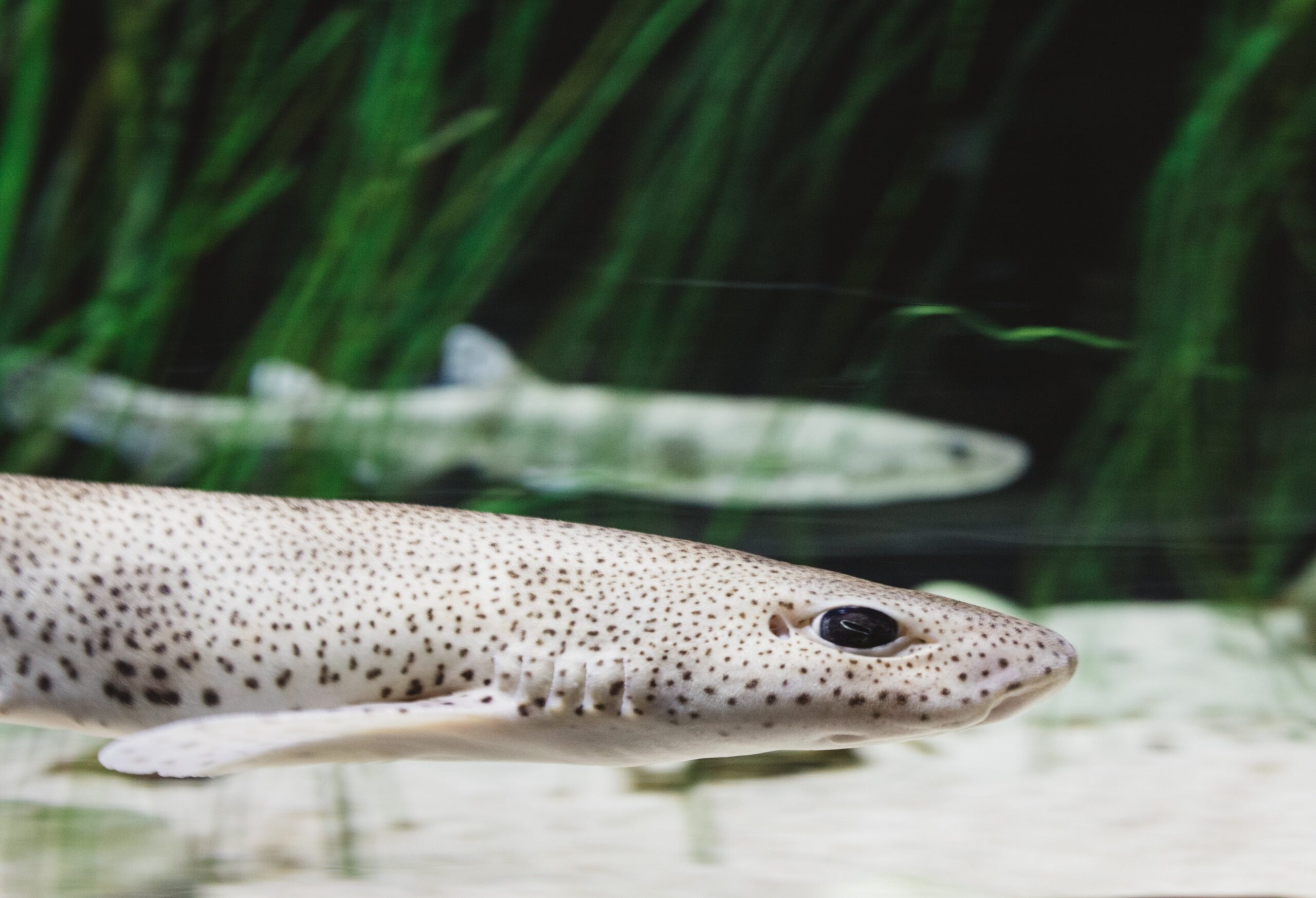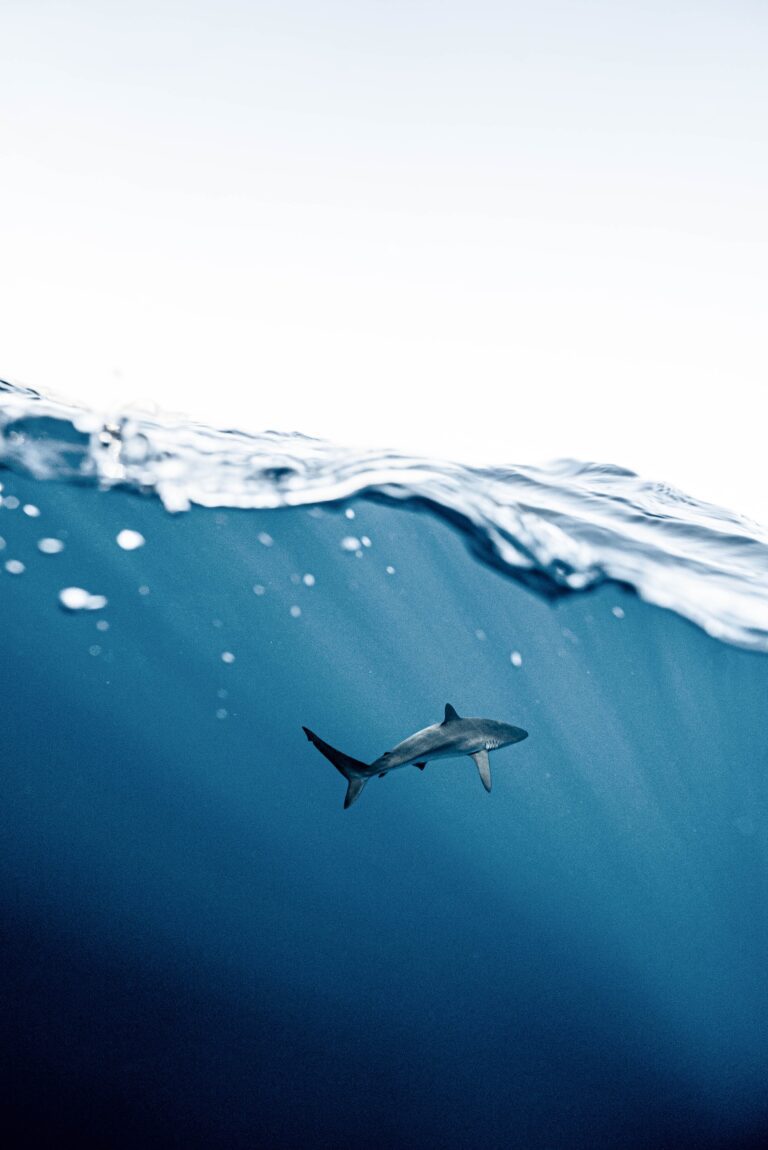Introduction
The vast expanse of our oceans, teeming with life and mystery, is facing unprecedented challenges due to human activities. As we witness the decline of marine ecosystems, it becomes imperative to explore sustainable solutions. In this exploration, the focus turns to the often-overlooked aspect of coastal infrastructure. This article delves into the critical role of sustainable coastal development in the broader context of ocean conservation, examining the delicate balance between human progress and the preservation of our marine environments.
Understanding Coastal Infrastructure
Coastal infrastructure refers to the network of structures and facilities built along coastlines to support human activities, enhance economic development, and provide protection against natural forces. This includes a wide range of constructions such as ports, harbors, breakwaters, seawalls, and bridges. The significance of coastal infrastructure lies in its pivotal role in facilitating maritime trade, ensuring coastal safety, and promoting sustainable development. As coastal regions are dynamic and vulnerable to various environmental factors, well-designed and resilient infrastructure is crucial for the prosperity of coastal communities.
Examples of Existing Coastal Structures and Their Impact on the Environment
Several coastal structures exemplify the diversity and complexity of coastal infrastructure. Seawalls, constructed to protect coastal areas from erosion and storm surges, can alter natural beach dynamics and impact marine habitats. Similarly, ports and harbors, while essential for trade and commerce, may disrupt local ecosystems through dredging and habitat destruction. Understanding the environmental impact of these structures is essential for developing sustainable solutions. Balancing the needs of human development with environmental preservation is crucial to mitigate adverse effects on biodiversity, water quality, and overall coastal ecosystem health.
The Need for a Balance Between Development and Environmental Preservation
As coastal populations grow and economic activities expand, finding a harmonious balance between development and environmental preservation becomes paramount. Striking this balance involves adopting innovative and eco-friendly engineering solutions that minimize the ecological footprint of coastal infrastructure projects. Sustainable design practices, such as incorporating green infrastructure, restoring natural habitats, and employing adaptive management strategies, can help mitigate the negative impact on coastal ecosystems. It is essential for policymakers, engineers, and communities to collaborate and prioritize solutions that not only meet developmental needs but also ensure the long-term health and resilience of coastal environments.
In conclusion, understanding coastal infrastructure’s multifaceted nature, acknowledging its impact on the environment, and striving for a sustainable equilibrium between development and preservation are essential steps towards creating resilient and eco-friendly coastal zones. This approach ensures that coastal infrastructure continues to support human activities without compromising the health and integrity of the delicate coastal ecosystems.

Challenges in Current Coastal Development
Coastal development, driven by economic interests and population growth, has brought about a myriad of challenges that threaten the delicate balance of these ecosystems. One significant issue is the negative impact of unsustainable coastal infrastructure projects. These initiatives often neglect the environmental consequences, leading to erosion, habitat loss, and disruption of marine life.
Erosion: A Consequence of Unchecked Coastal Development
Unbridled coastal development frequently results in increased erosion along shorelines. The construction of structures such as resorts, ports, and residential areas can disrupt natural sediment flow and coastal dynamics. This interference weakens the natural defenses against erosion, making coastlines more susceptible to the ravages of storms and rising sea levels. The erosion not only threatens human settlements but also endangers the habitats crucial for numerous marine species.
Habitat Loss: The Unseen Cost of Coastal Expansion
Coastal areas are home to diverse and fragile ecosystems, supporting an array of flora and fauna. However, poorly planned development projects often lead to extensive habitat loss. Mangroves, seagrasses, and other critical habitats are frequently cleared to make way for construction, depriving countless species of their natural homes. This habitat destruction has cascading effects on the entire coastal ecosystem, disrupting breeding and feeding grounds for marine life.
Disruption of Marine Life: An Unintended Consequence
The construction of harbors, dredging, and other coastal infrastructure projects can disrupt marine life in various ways. The noise and vibrations from construction activities can disturb marine species, affecting their communication, navigation, and feeding behaviors. Additionally, the alteration of water flow patterns and the release of pollutants during construction can have detrimental effects on the health of marine ecosystems, leading to declines in fish populations and other marine organisms.
Examples of Poorly Planned Coastal Projects and Their Consequences
Several real-world examples underscore the consequences of inadequately planned coastal projects. The construction of large-scale resorts in sensitive coastal areas, without proper environmental impact assessments, has led to extensive erosion and loss of vital habitats. Similarly, poorly designed ports have resulted in altered sediment transport, exacerbating erosion and negatively impacting marine biodiversity. Learning from these examples is crucial for implementing more sustainable and ecologically friendly coastal development practices in the future.
Introduction to the Concept of Sustainable Coastal Development
Sustainable coastal development is an imperative shift in contemporary infrastructure planning, focusing on harmonizing human activities with the fragile coastal ecosystems. This approach aims to ensure the preservation of biodiversity, mitigate climate change impacts, and enhance resilience against natural disasters. The concept emphasizes eco-friendly practices that strike a balance between societal needs and environmental conservation. By adopting sustainable coastal development, communities can create a symbiotic relationship between infrastructure development and the preservation of the delicate coastal environment.
Examples of Eco-Friendly Infrastructure Projects
Several exemplary projects around the world showcase the successful implementation of eco-friendly coastal infrastructure. The Netherlands, known for its innovative water management, has implemented the Zandmotor, a large sandpit designed to nourish the coastline naturally. In Singapore, the Marina Barrage not only provides water supply and flood control but also offers recreational spaces and biodiversity habitats. These projects illustrate the potential of infrastructure that not only serves its primary purpose but also integrates seamlessly with the surrounding environment, promoting sustainability.
Innovative approaches also include the use of oyster reefs as natural breakwaters, mangrove restoration for coastal protection, and the implementation of green roofs and permeable pavements in urban planning. These examples highlight the versatility of eco-friendly solutions, showcasing how they can address multiple challenges simultaneously.
The Role of Technology in Creating Environmentally Conscious Solutions
Technology plays a pivotal role in advancing environmentally conscious solutions for coastal infrastructure. Remote sensing technologies enable precise monitoring of coastal changes, helping planners adapt strategies in real-time. Furthermore, the integration of renewable energy sources such as solar and wind power in coastal projects reduces reliance on non-renewable resources, contributing to a more sustainable energy profile.
Advanced modeling tools aid in predicting the impact of infrastructure on coastal ecosystems, allowing for informed decision-making during the planning and design phases. Additionally, smart infrastructure that utilizes sensors and data analytics can optimize resource usage, minimize environmental impact, and enhance the overall efficiency of coastal projects.
Protection of Marine Habitats and Biodiversity
Sustainable coastal infrastructure plays a pivotal role in safeguarding marine habitats and preserving biodiversity. By adopting eco-friendly practices in the construction and maintenance of coastal structures, we can minimize the disruption of delicate ecosystems. Traditional infrastructure projects often lead to habitat degradation, resulting in loss of critical breeding and feeding grounds for marine species. However, sustainable alternatives, such as using bio-friendly materials and incorporating green infrastructure, contribute to the conservation of marine environments. This approach ensures that coastal ecosystems remain resilient, supporting the diverse array of species that rely on these habitats for their survival.
Mitigation of Climate Change Impacts, Including Sea-Level Rise
One of the key benefits of sustainable coastal infrastructure is its ability to mitigate the impacts of climate change, particularly in the face of rising sea levels. Climate change poses a significant threat to coastal regions, making them vulnerable to erosion and flooding. Sustainable infrastructure practices, such as the implementation of natural barriers like mangrove forests and dune restoration, act as effective shields against the encroaching sea. Additionally, sustainable coastal projects contribute to reducing carbon emissions, as eco-friendly materials and construction methods have a lower environmental footprint compared to conventional approaches. By addressing climate change impacts head-on, sustainable coastal infrastructure becomes a vital component in building climate-resilient communities.
Positive Economic and Social Impacts on Coastal Communities
The implementation of sustainable coastal infrastructure brings about positive economic and social changes for coastal communities. Beyond protecting the environment, these projects generate employment opportunities, fostering economic growth in the region. Furthermore, the enhancement of recreational areas and promotion of eco-tourism contribute to local economies. The preservation of marine habitats also sustains fisheries, ensuring a stable livelihood for coastal communities that rely on fishing activities. Additionally, by embracing sustainable practices, coastal regions can attract investment and development, leading to improved living standards and increased community well-being. The positive ripple effects of sustainable coastal infrastructure extend beyond conservation, creating a more resilient and prosperous future for coastal communities.
Video Credit: Convention on Biological Diversity
FAQs
Q. How does sustainable coastal infrastructure benefit ocean conservation?
A. Sustainable coastal infrastructure minimizes harm to marine ecosystems, preserves biodiversity, and supports the overall health of the oceans.
Q. Can sustainable coastal development coexist with environmental conservation?
A. Yes, through responsible planning, sustainable coastal development can coexist with environmental conservation, ensuring a balance between human needs and ecological preservation.
Q. What are the main threats to ocean conservation?
A. Pollution, climate change, overfishing, and habitat destruction are significant threats to ocean conservation, demanding immediate attention.
Q. How can individuals contribute to ocean conservation and sustainable coastal infrastructure?
A. Individuals can contribute by supporting eco-friendly practices, participating in beach cleanups, and advocating for responsible coastal development policies.
Q. Are there success stories where sustainable coastal infrastructure positively impacted marine life?
A. Yes, several projects globally showcase how sustainable coastal infrastructure positively impacts marine life by preserving habitats and promoting biodiversity.
Q. Can technology help in monitoring and conserving oceans alongside coastal development?
A. Absolutely, technology aids in monitoring ocean health, identifying potential threats, and implementing sustainable practices in coastal development.
Conclusion
As we navigate the intricate waters of ocean conservation, it is clear that sustainable coastal infrastructure plays a pivotal role in safeguarding our seas. The ripple effects of poorly planned coastal development are profound, affecting not only marine life but also the communities that depend on healthy coastal ecosystems. Embracing sustainable practices in coastal infrastructure is not merely an environmental choice; it is a commitment to the future well-being of our planet. By recognizing the interconnectedness of our actions with the health of the oceans, we pave the way for a harmonious coexistence between human development and the preservation of the awe-inspiring realms beneath the waves. Through sustainable coastal infrastructure, we embark on a journey toward nurturing and restoring the vitality of our oceans for generations to come.
UP NEXT



